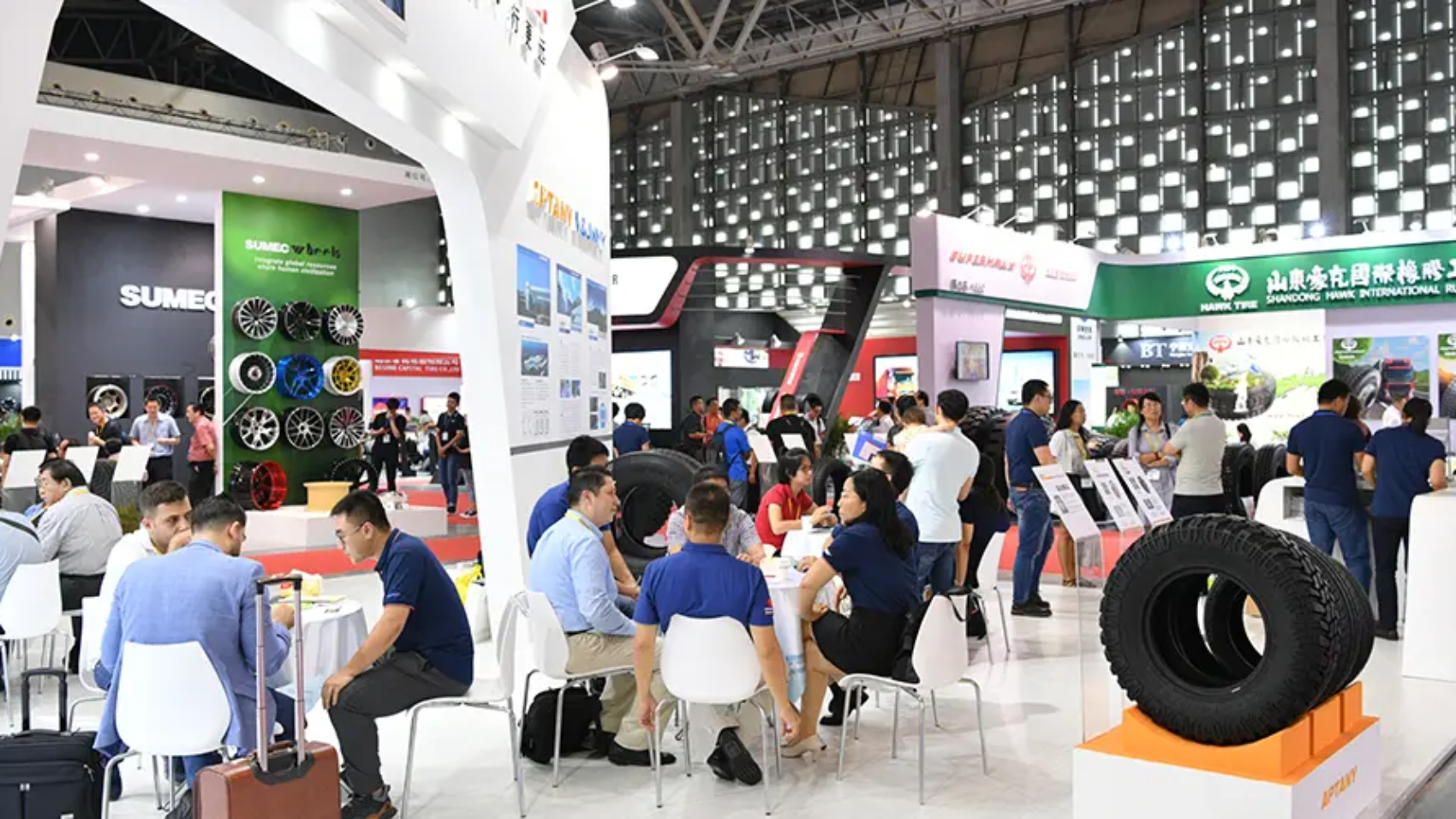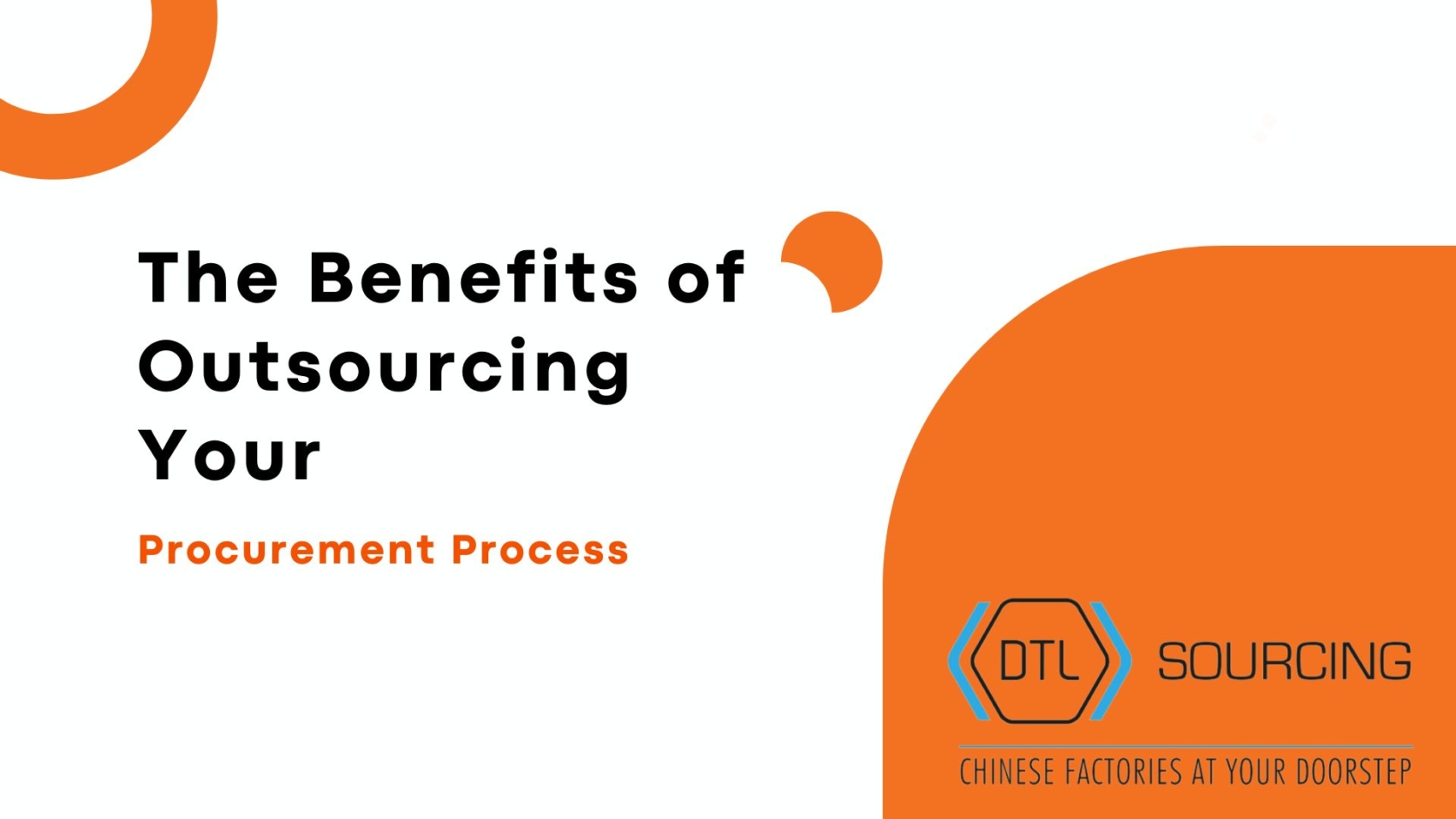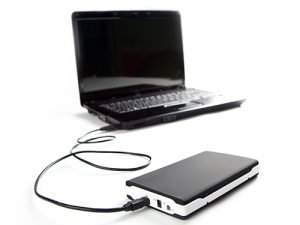Introduction.
Procurement is a key part of any business, but it can often be hard to manage. With so much going on in your day-to-day operations, how do you know if you’re doing things right? At the same time, there might not be enough budget allocated for procurement, which can lead to poor decisions being made. In this article, we’ll talk about the benefits of outsourcing your procurement process to an expert provider and why it’s an increasingly popular option for small-to-medium sized businesses (SMEs). By outsourcing your procurement process to a third-party provider, you can take advantage of their expertise and experience to ensure that everything is done correctly, including customs clearance. This can help you avoid costly mistakes and delays that could impact your business.
Cost Savings.
Outsourcing your procurement process can help you to reduce the costs of procurement. The benefits of outsourcing include:
- Reduce cost of procurement
- Reduce cost of procurement management
- Reduce cost of procurement technology
- Reduce cost of resources (people, time and money) used in the process
More time to focus on your core business activities.
By outsourcing your procurement process, you will be able to focus on your core business activities. This means that you’ll have more time to work on your business strategy and solve problems quickly.
In addition, by outsourcing this process to a third party provider who specializes in procurement management services, they can help ensure that employees are working efficiently while reducing costs at the same time.
Better alignment with your business strategy.
Outsourcing your procurement process allows you to focus on core business activities. Procurement is not a core business activity, so it should be outsourced to an expert provider.
This allows you to focus on the things that matter most in your organization: strategy and execution. You can spend more time making decisions about how to grow your firm or improve customer experience, instead of worrying about managing suppliers and contracts–which are best left up to experts who have already done this many times before.
Outsourcing procurement can increase contract value.
Outsourcing your procurement process can help you to get better terms, pricing and services.
- Better terms: Many companies have found that outsourcing their procurement processes results in increased contract value by enabling them to negotiate better terms with suppliers. For example, if a company is looking for an external supplier that provides warehousing services then it might be able to get more favorable rates from this external supplier compared with its internal capabilities because the latter does not have as much leverage when negotiating prices with other parties (e.g., manufacturers).
- Better pricing: In addition to improving contract value through improved negotiation tactics, outsourcing also helps firms reduce costs associated with internal processes such as sourcing and bidding on contracts which often result in higher prices paid per unit sold because they require additional overhead costs associated with managing employees who perform these tasks on behalf of businesses owners/managers.
Improved business agility.
Outsourcing your procurement process is a great way to improve business agility. At its core, business agility means being able to quickly adapt to changing market conditions, respond to new opportunities and adjust when regulations change. It also includes the ability to respond quickly when customers have needs that weren’t anticipated or planned for by your organization.
There are many reasons why outsourcing your procurement process can help you become more agile as a company:
Better quality of your procurement projects.
- Reduced risk of procurement project failure
- Reduced risk of procurement project delay
- Reduced risk of procurement project overspend
As we have mentioned earlier, your in-house team might not be able to deal with the new demands and requirements that come up during a procurement process. This can lead to a lot of problems like failure, delay and overspend. Outsourcing your procurement projects allows you to hire experts who are well equipped with relevant skillsets and experience in this field. They will be able to handle any challenges that might come up during your project easily because they have dealt with similar issues before!
Outsourcing to a third-party means no more middle-man.
You don’t need to hire an internal procurement team. Outsourcing your procurement process to a third party means no more middle man, which means you can focus on growing your business and making money instead of wasting time on administrative tasks.
Outsourcing also eliminates internal costs for staffing and managing the procurement function, saving you money in the long run!
Procurement expertise at your fingertips.
You can outsource all or part of your procurement process to a supplier and benefit from their expertise. They will be able to help you with your procurement projects, giving you access to a range of services including:
- Procurement planning and strategy development
- Supplier management services
- Procurement support functions such as tender analysis, contract administration, post-award support and technical expertise
You can outsource your procurement process to an expert provider and get the benefits listed above.
You can outsource your procurement process to an expert provider and get the benefits listed above. It is a good idea to outsource your procurement process because it allows you to focus on your core business activities, align your procurement process with your business strategy, improve business agility and quality of your procurement projects. You will also have access to procurement expertise that may not be available internally or from third parties.
Outsourcing procurement can create more time for other operations.
When you outsource your procurement process, it allows you to focus on other areas of the business that need attention. This is especially true if the vendor has a dedicated team who handles all aspects of the procurement process. This can include sourcing new suppliers, negotiating contracts and managing supplier performance. With this type of support in place, there’s no need for employees at your company or even within its supply chain management department (SCM) to spend time on these tasks — they can focus on their daily responsibilities instead!
Conclusion.
Outsourcing your procurement process can be an excellent way to reduce total cost of ownership. This is because it allows businesses to focus on their core competencies and gives them access to experts who can handle everything else in-house. Outsourcing also helps companies save time by giving them access to experts who have years of experience dealing with similar issues before they even arise at their own company’s headquarters!










